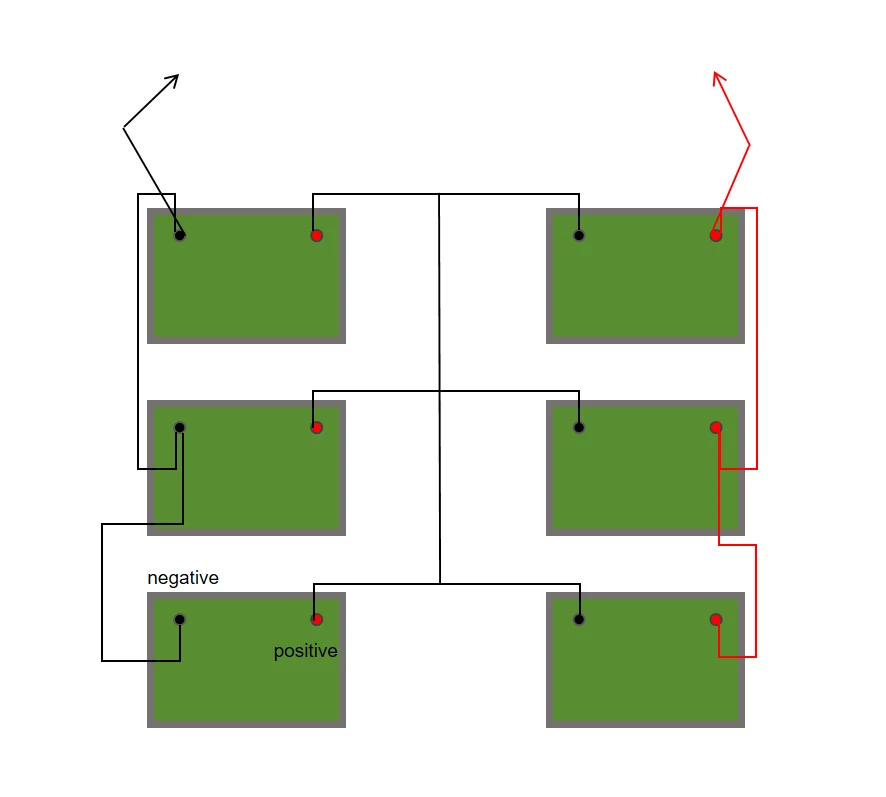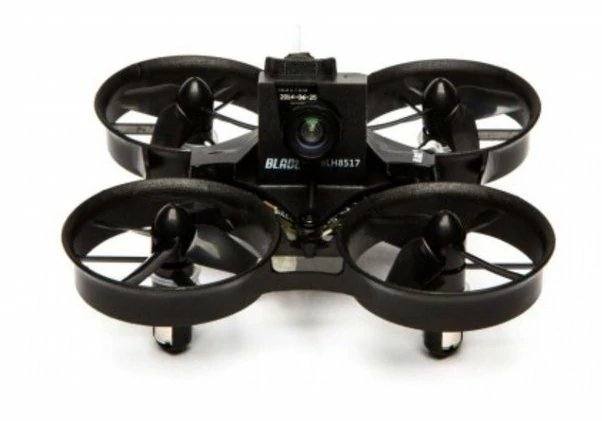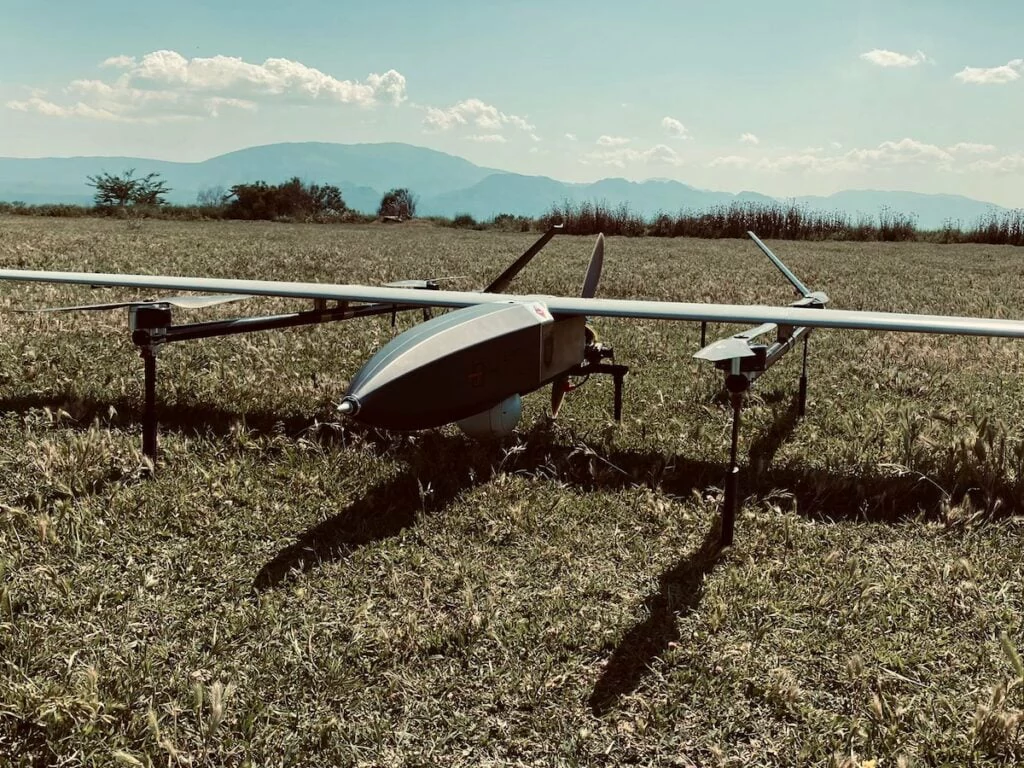The following is a detailed and systematic breakdown from five dimensions: basic concepts, core relationships, performance impacts, application scenarios, and safety specifications.


The following is a detailed and systematic breakdown from five dimensions: basic concepts, core relationships, performance impacts, application scenarios, and safety specifications.

The core performance parameters of drone batteries, such as voltage, capacity, and discharge capability, are entirely determined by the series (abbreviated as “S”) and parallel (abbreviated as “P”) combinations of battery cells.

It abandons the classic “fuselage-wing separation” structure of traditional aircraft and forms an integrated lifting body layout through the high integration and smooth transition of the fuselage and wings. This design is not a simple appearance adjustment but a systematic innovation based on underlying logics such as aerodynamic principles, structural mechanics efficiency, and mission adaptation requirements.

A ducted fan unmanned aerial vehicle (UAV) is a type of unmanned aircraft that utilizes a ducted fan system as its core lift or thrust device. Its most distinctive feature is that the fan (or propeller) generating power is enclosed within a rigid annular duct (air duct).

As an innovative aircraft, the tilt-rotor UAV has successfully integrated the vertical take-off and landing (VTOL) and hovering capabilities of helicopters with the high-speed cruising and long-range advantages of fixed-wing aircraft, and is vividly known as an “airborne hybrid”. With its unique design and performance, it shows broad application prospects in various fields such as military and civilian use, while also facing many technical challenges.

Flapping-wing UAVs, with the English name Flapping-wing UAV and abbreviation FWUAV, are biomimetic UAVs that take the flight modes of organisms such as birds and insects as imitating objects.